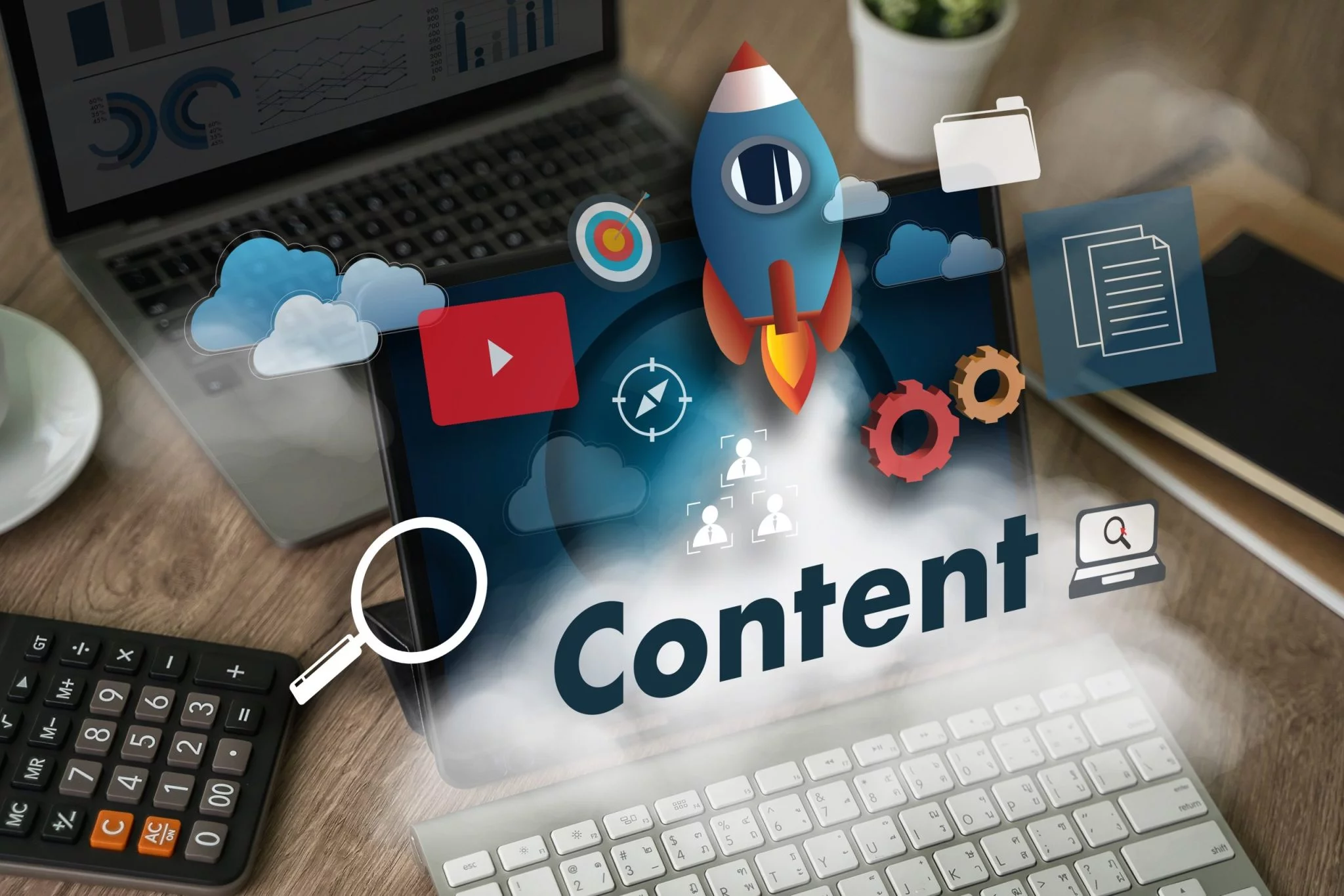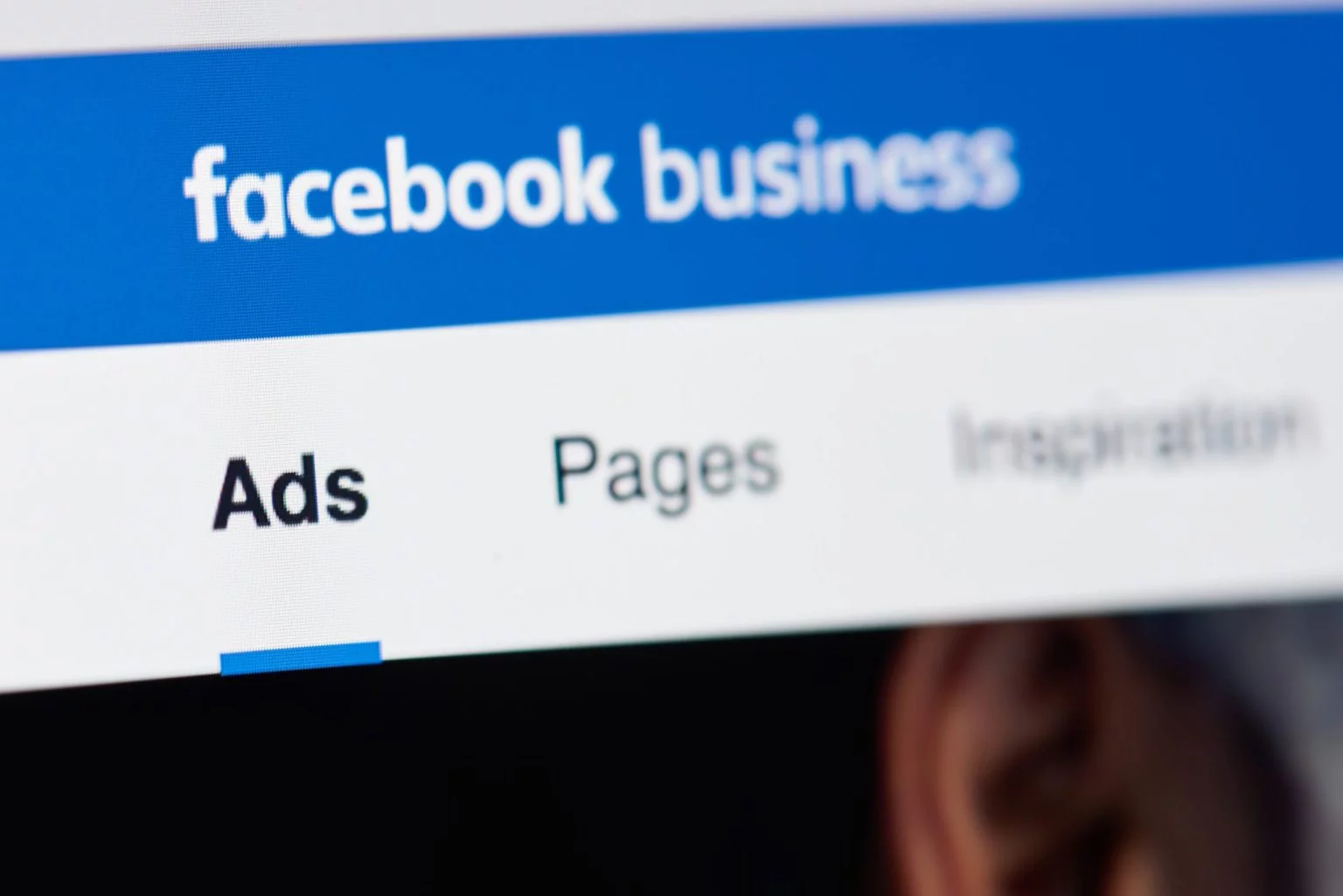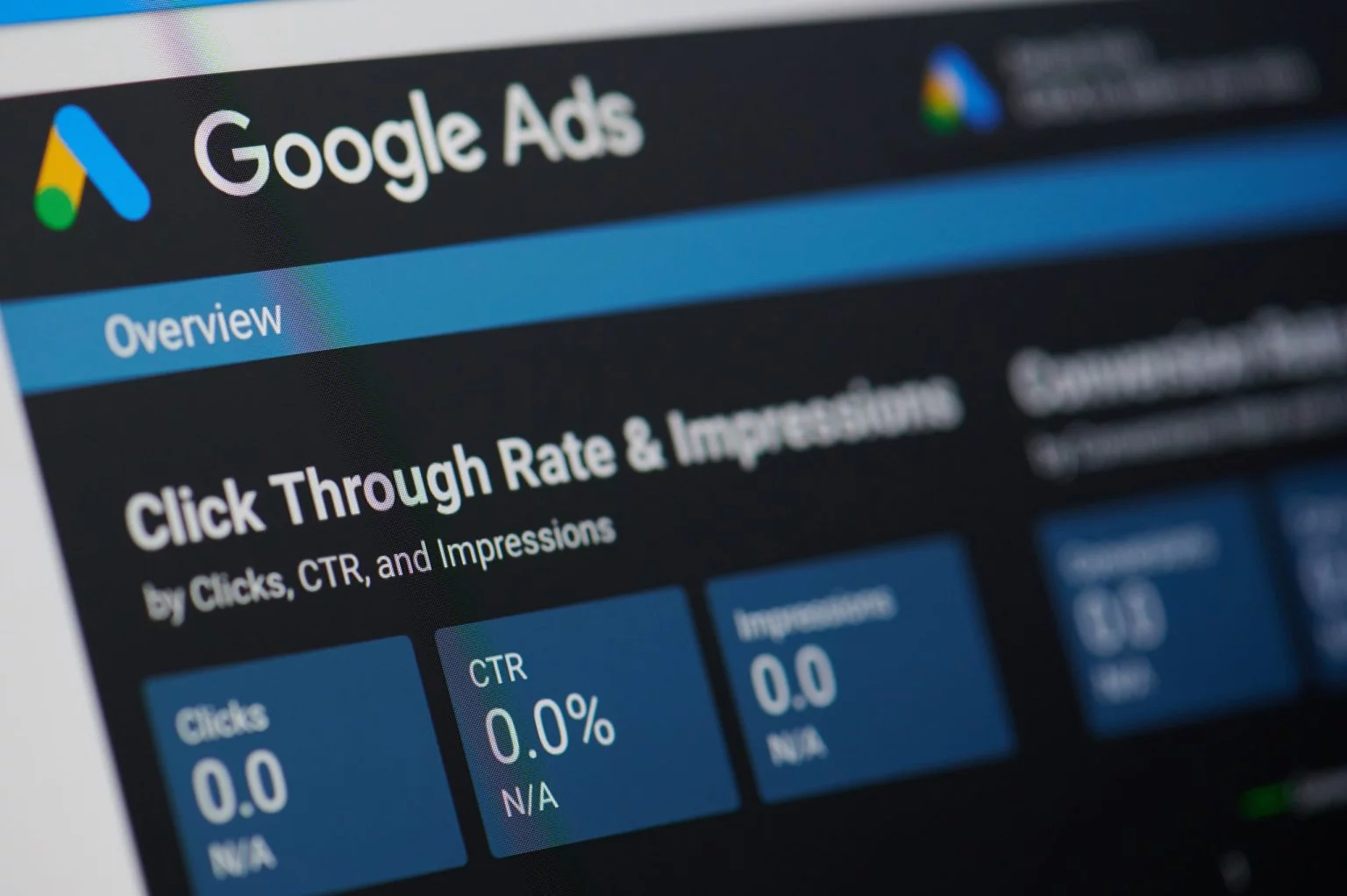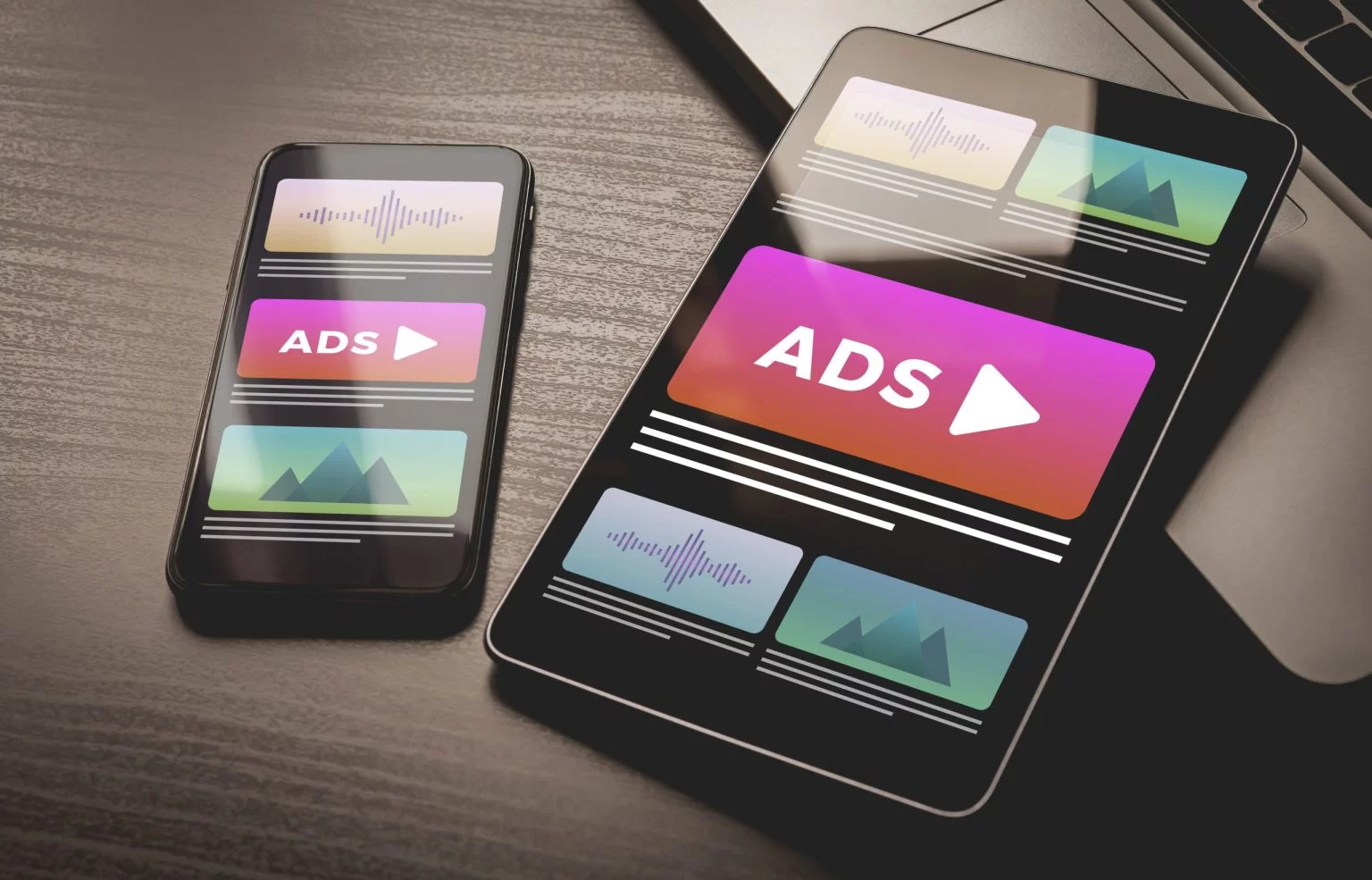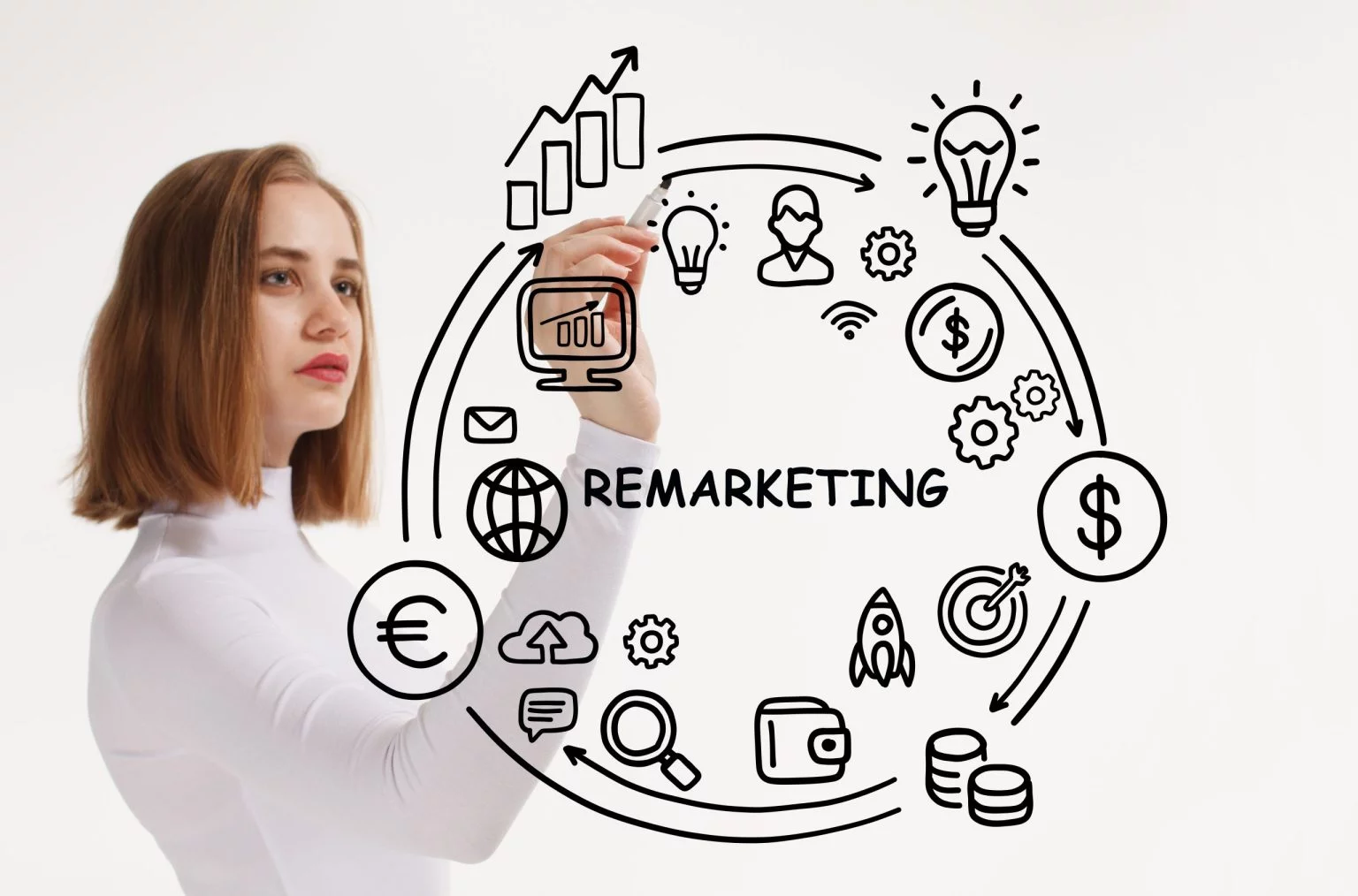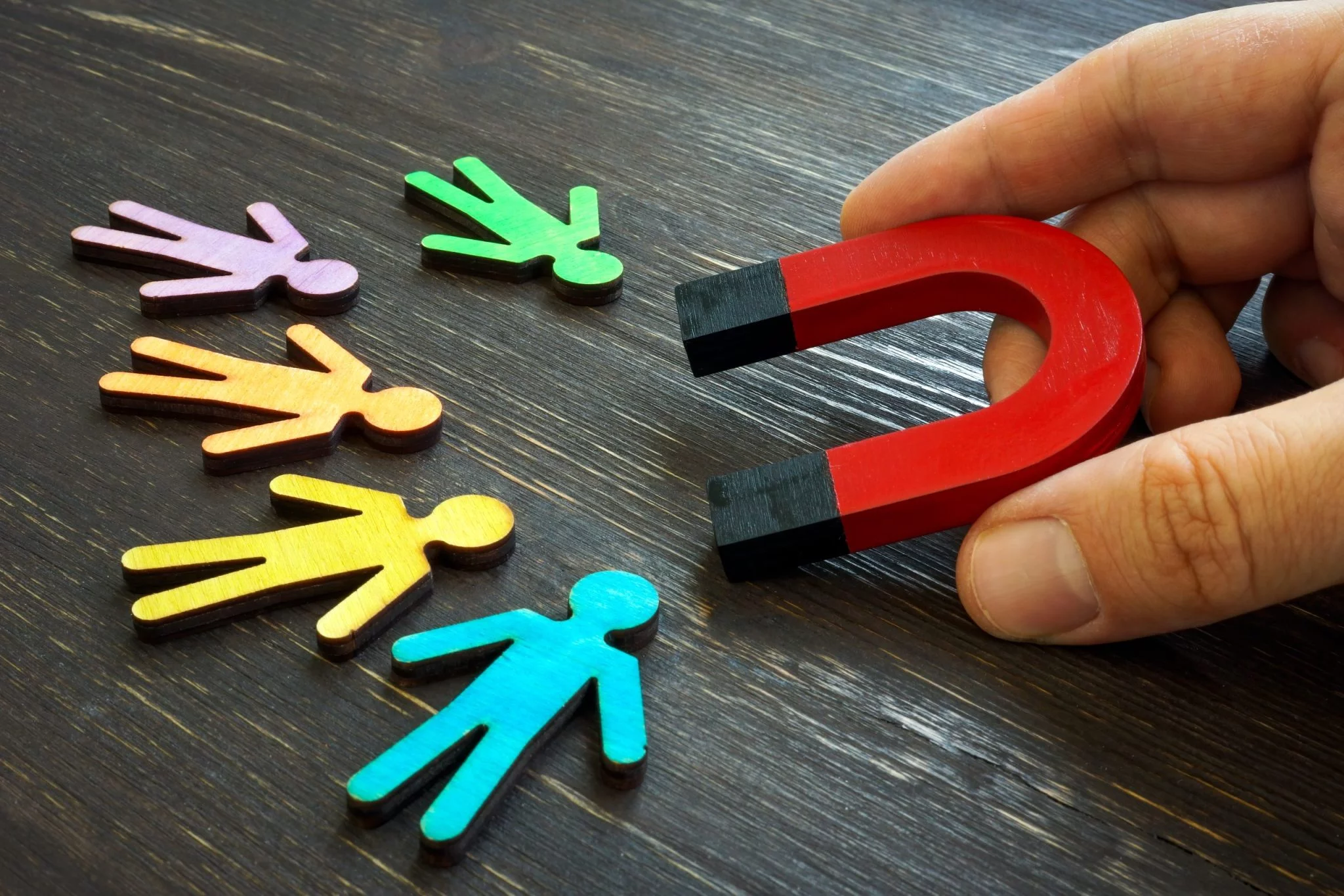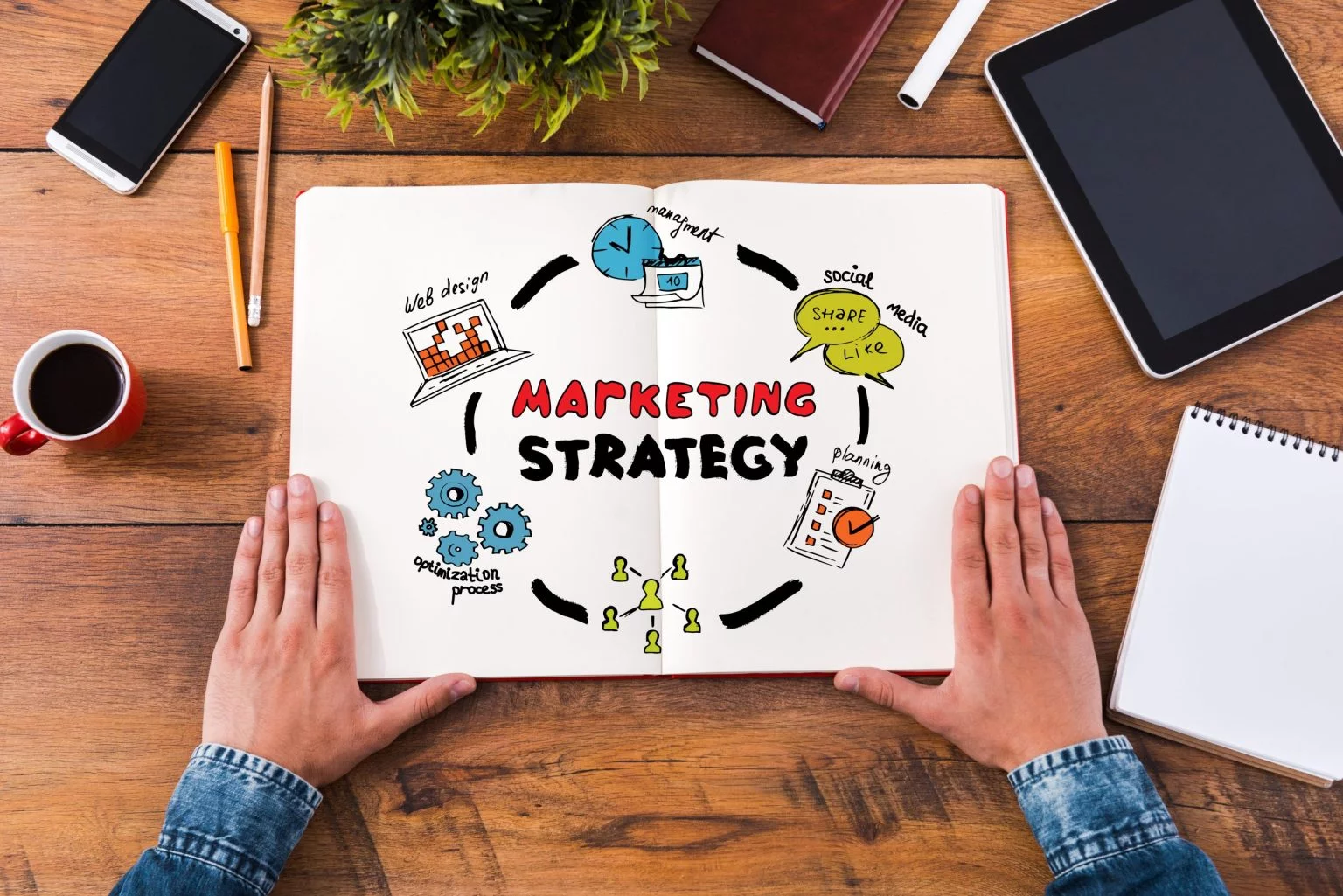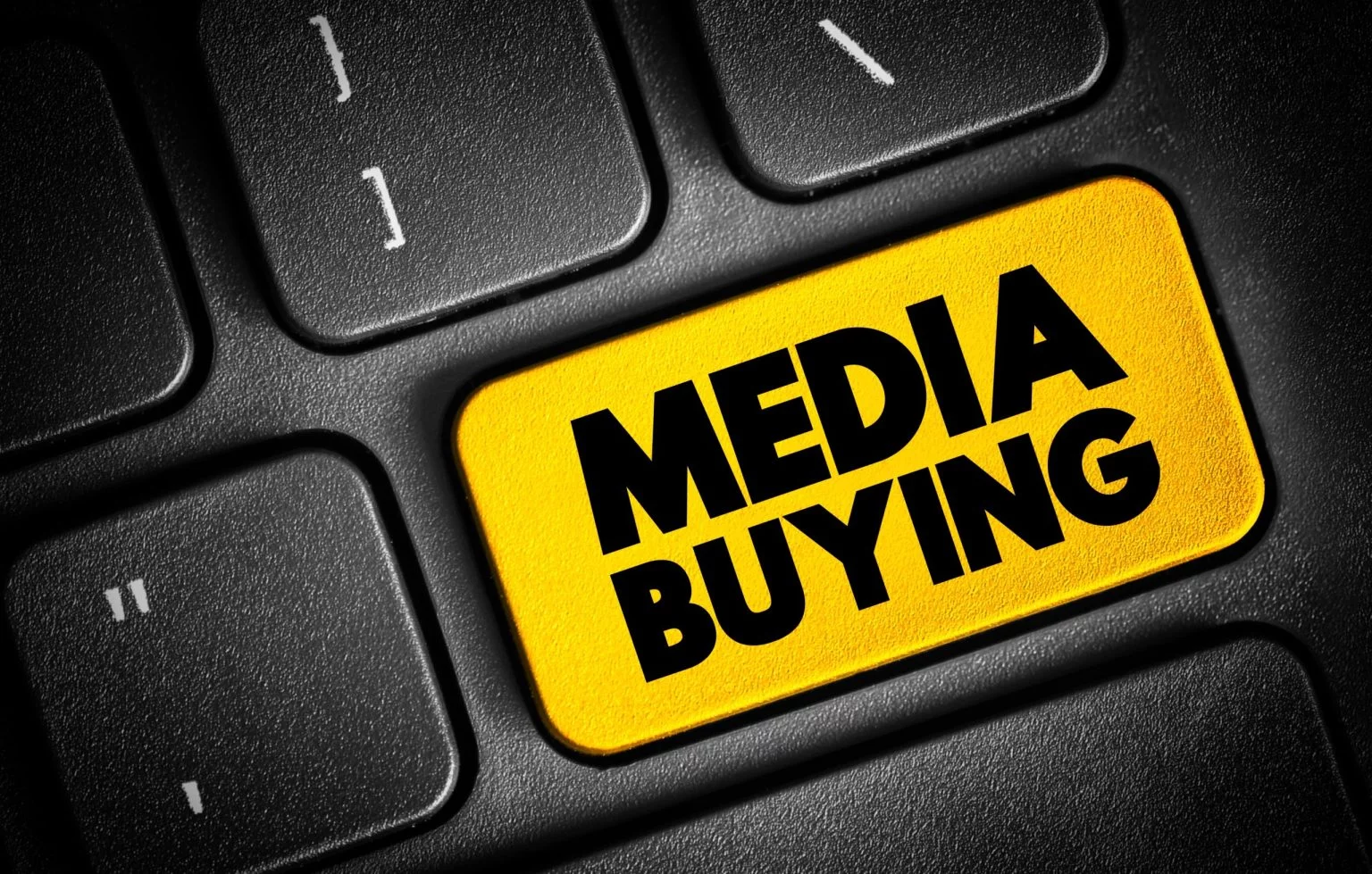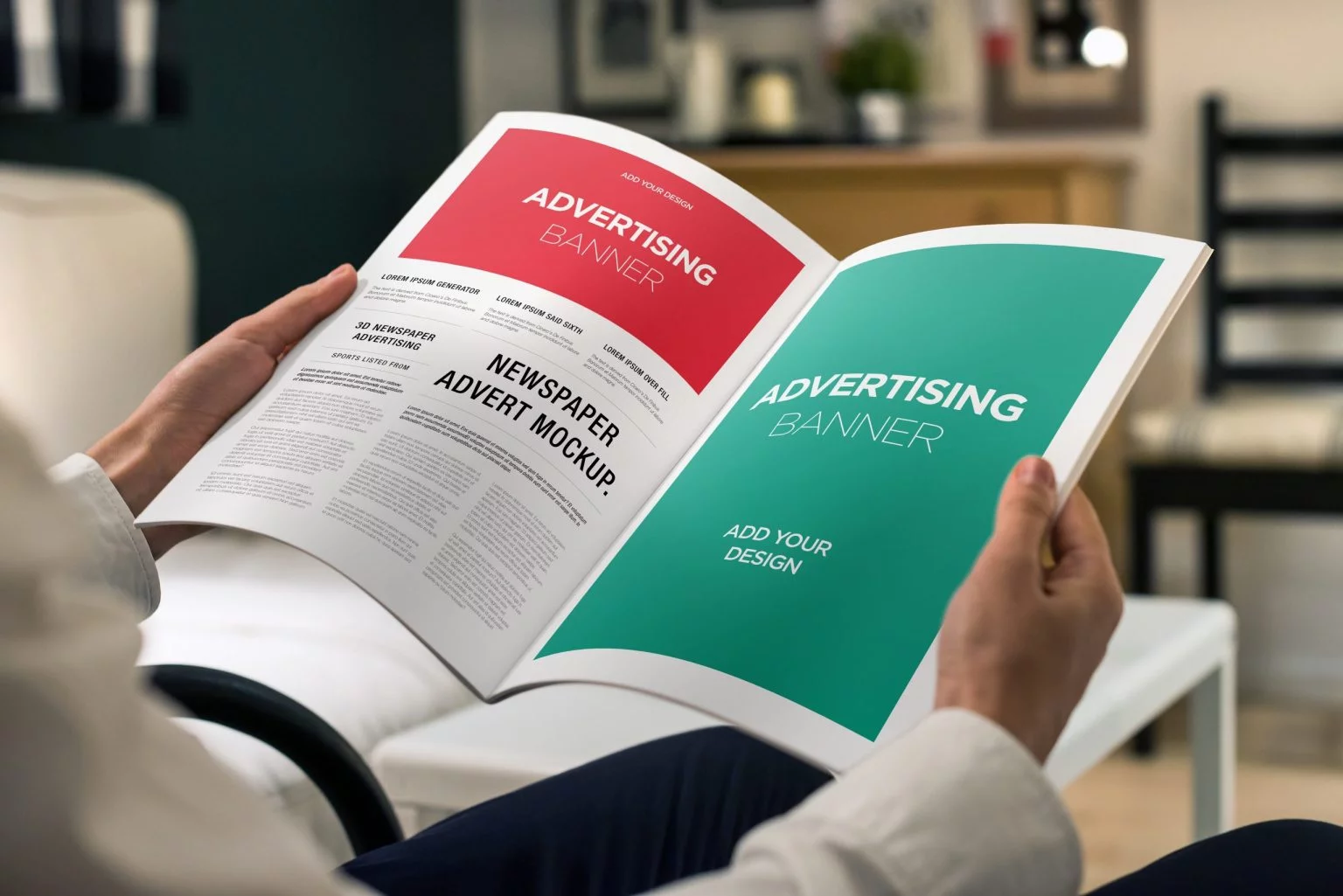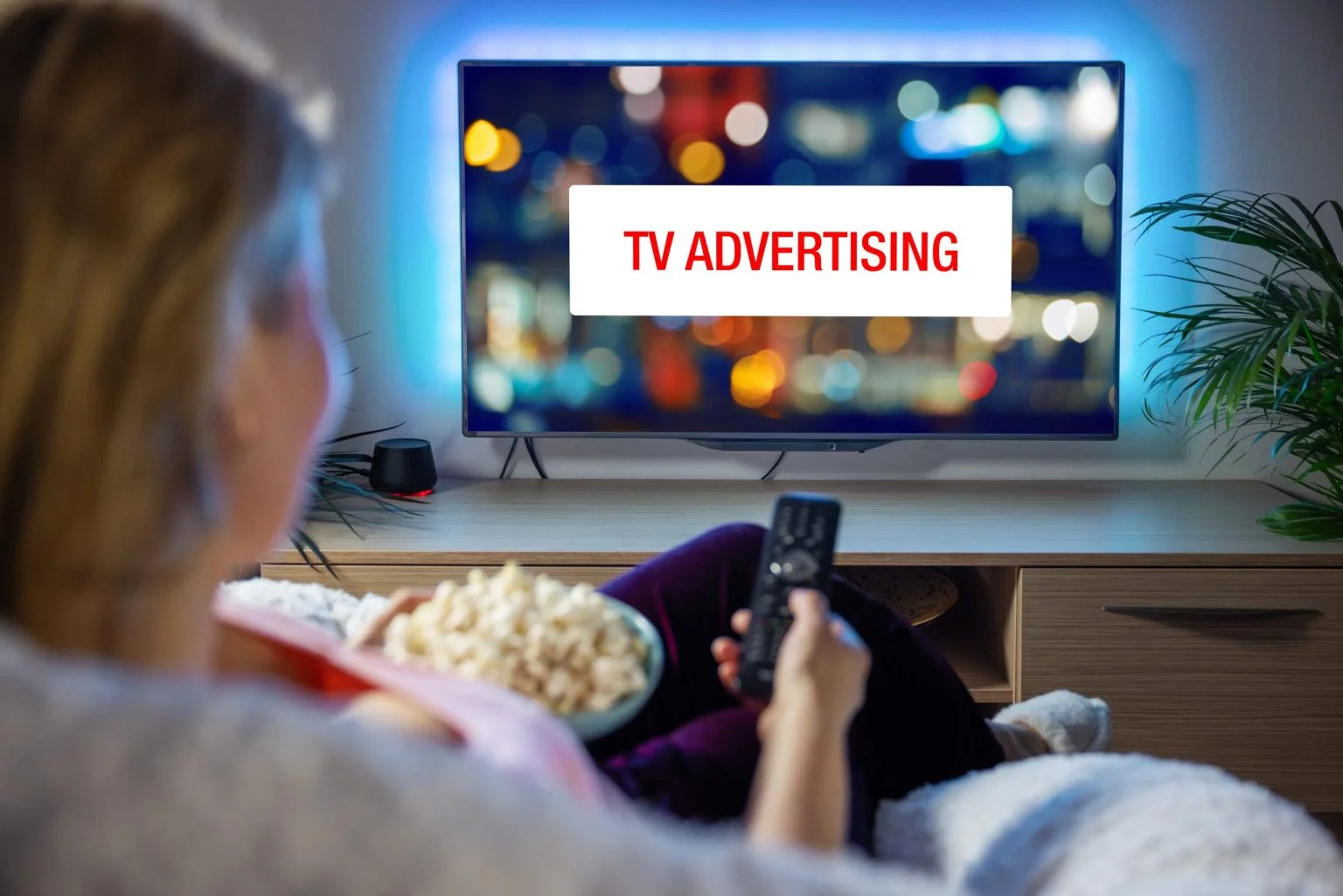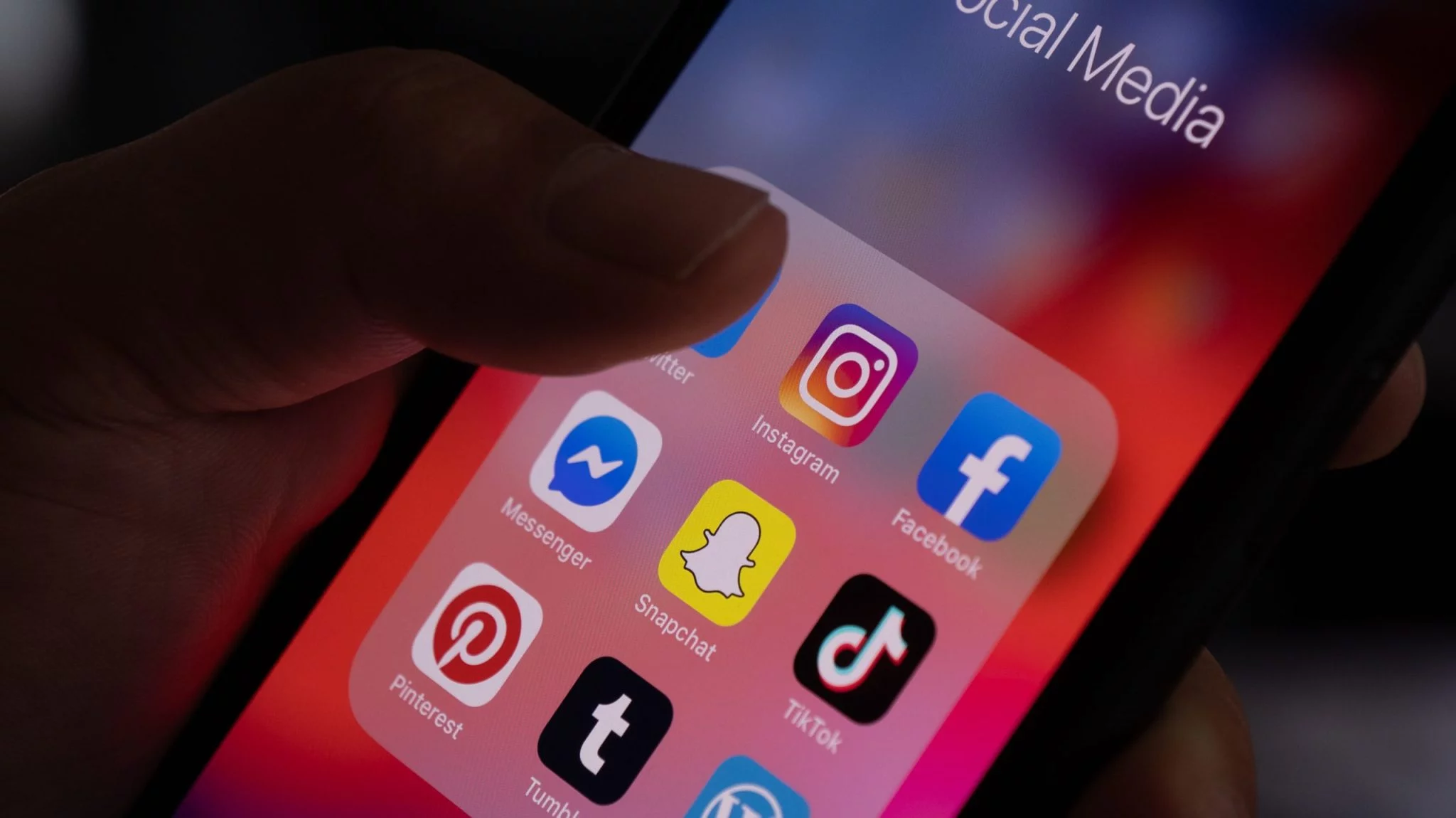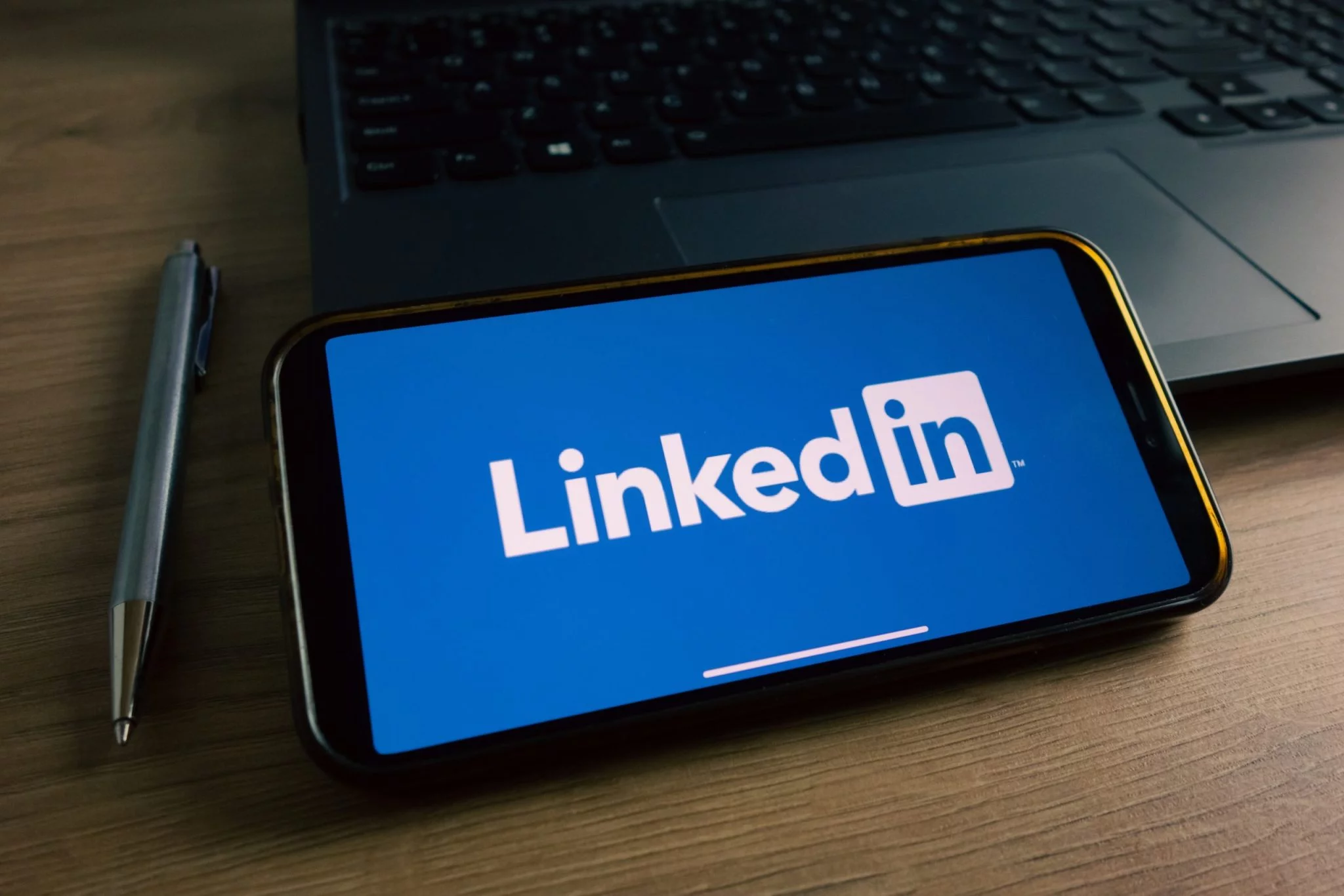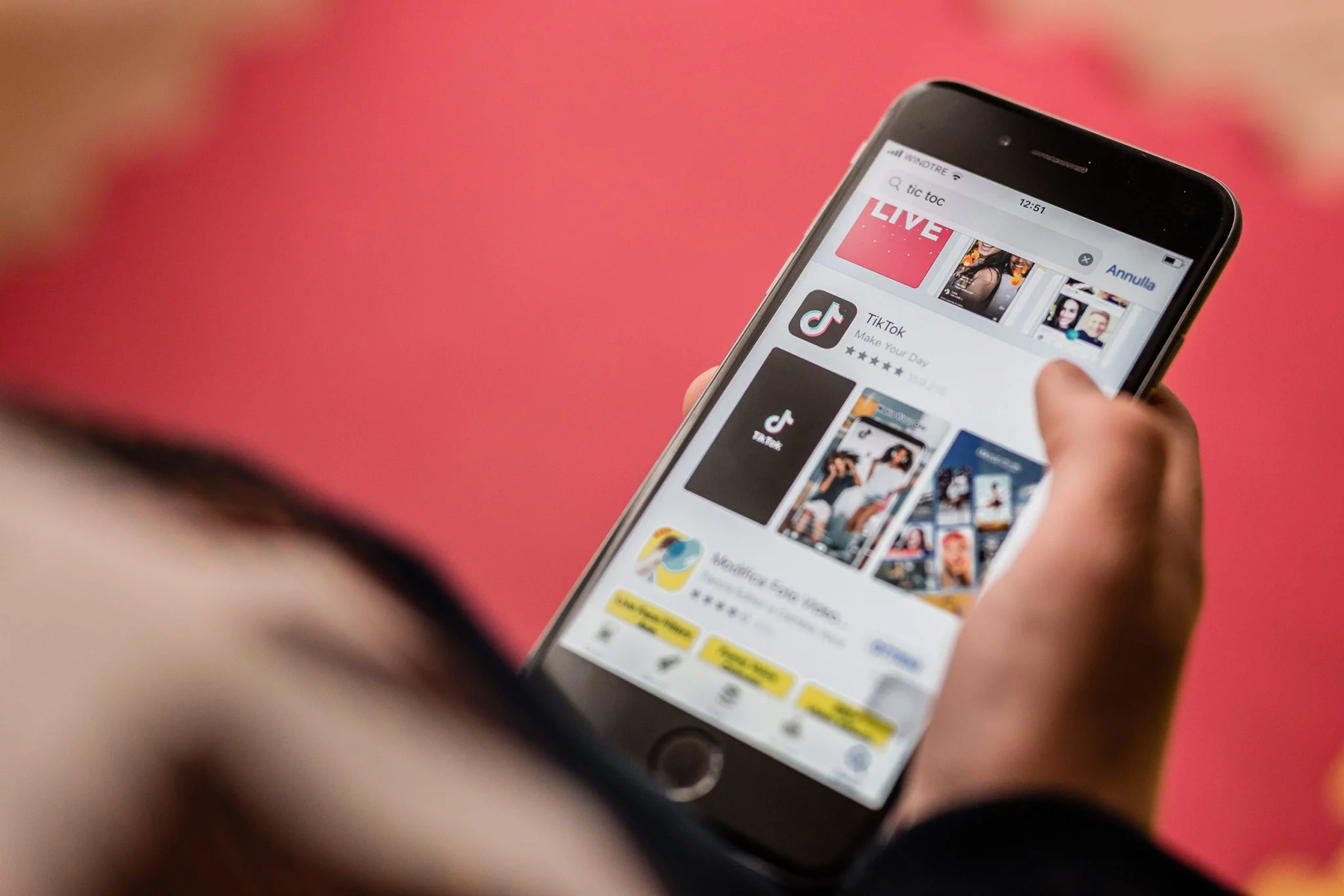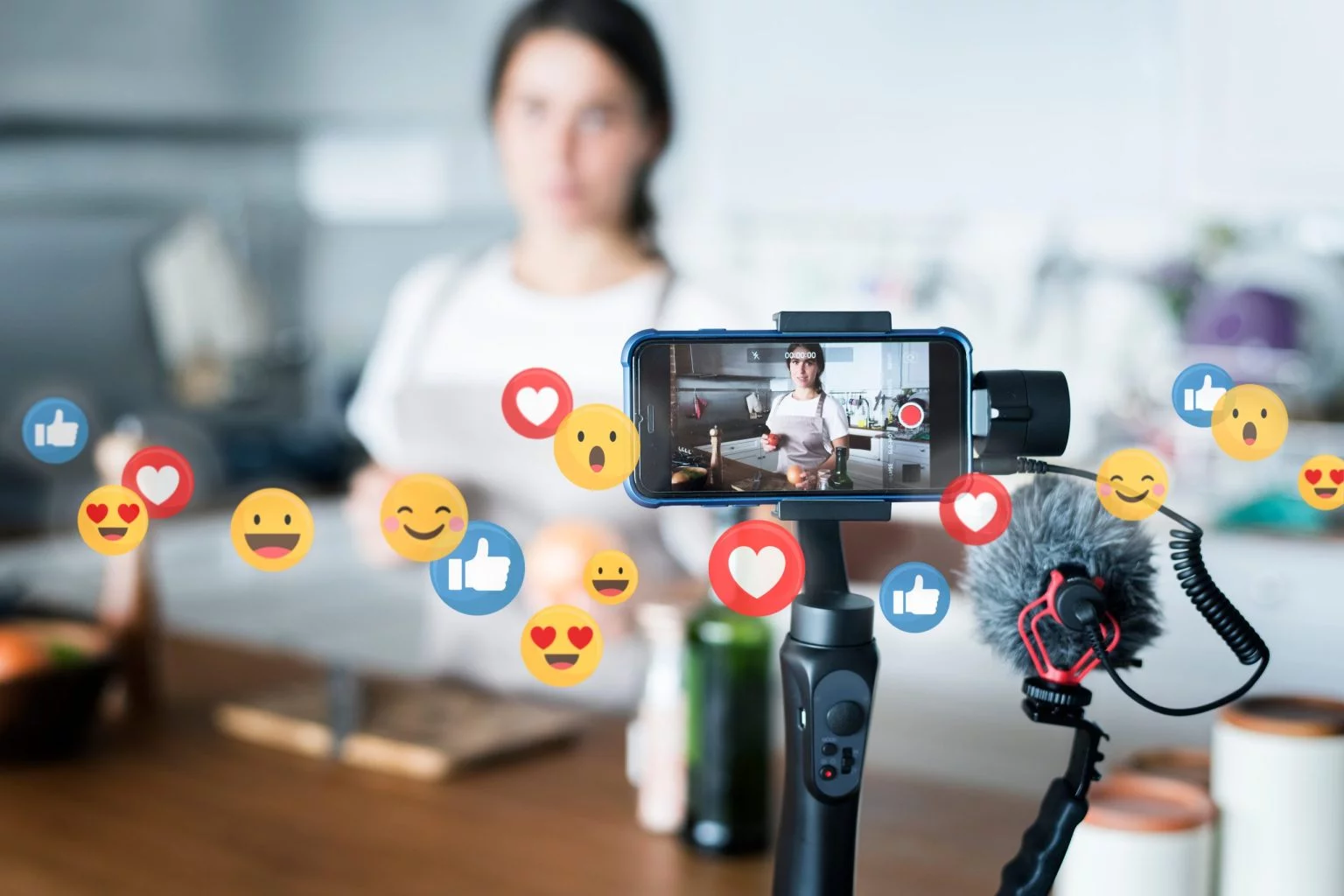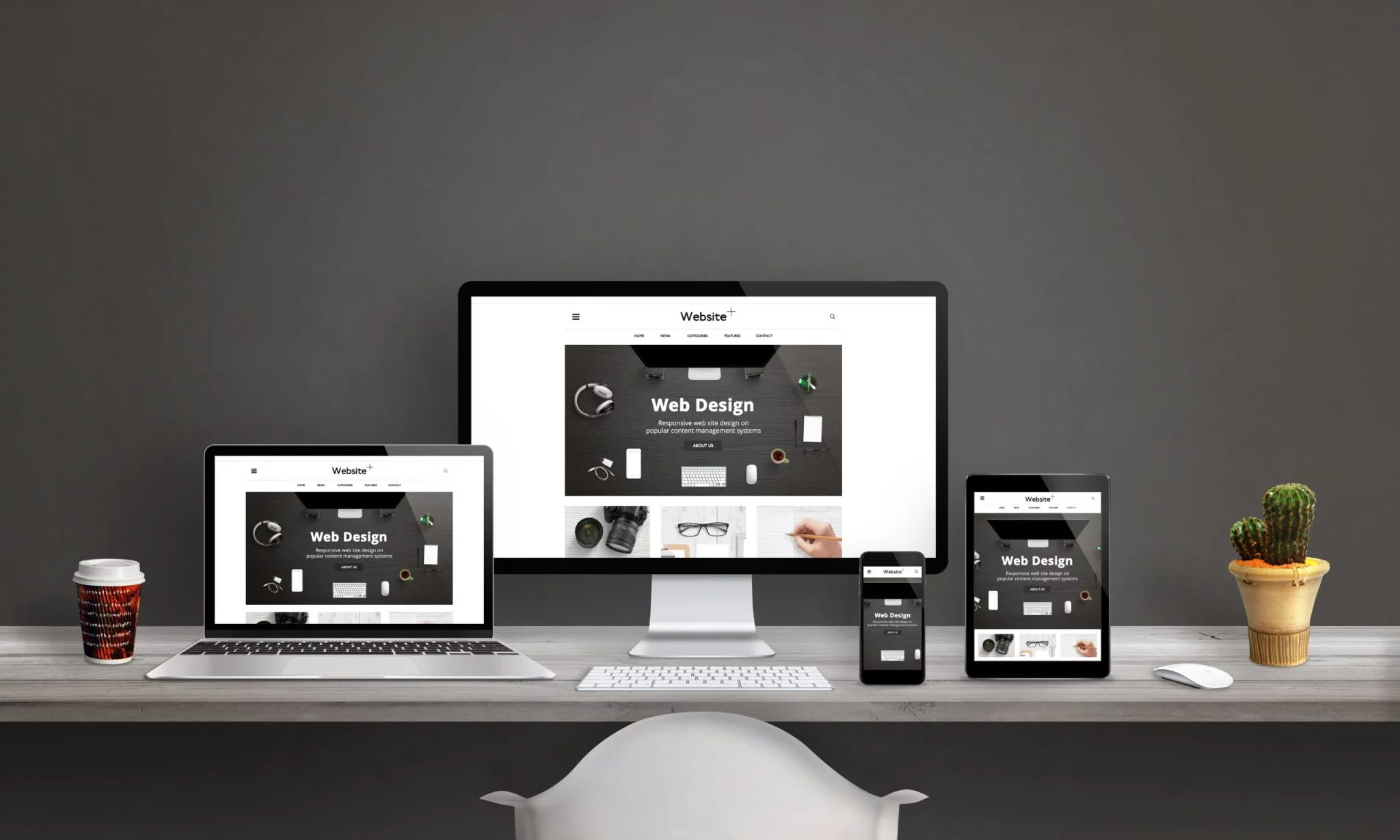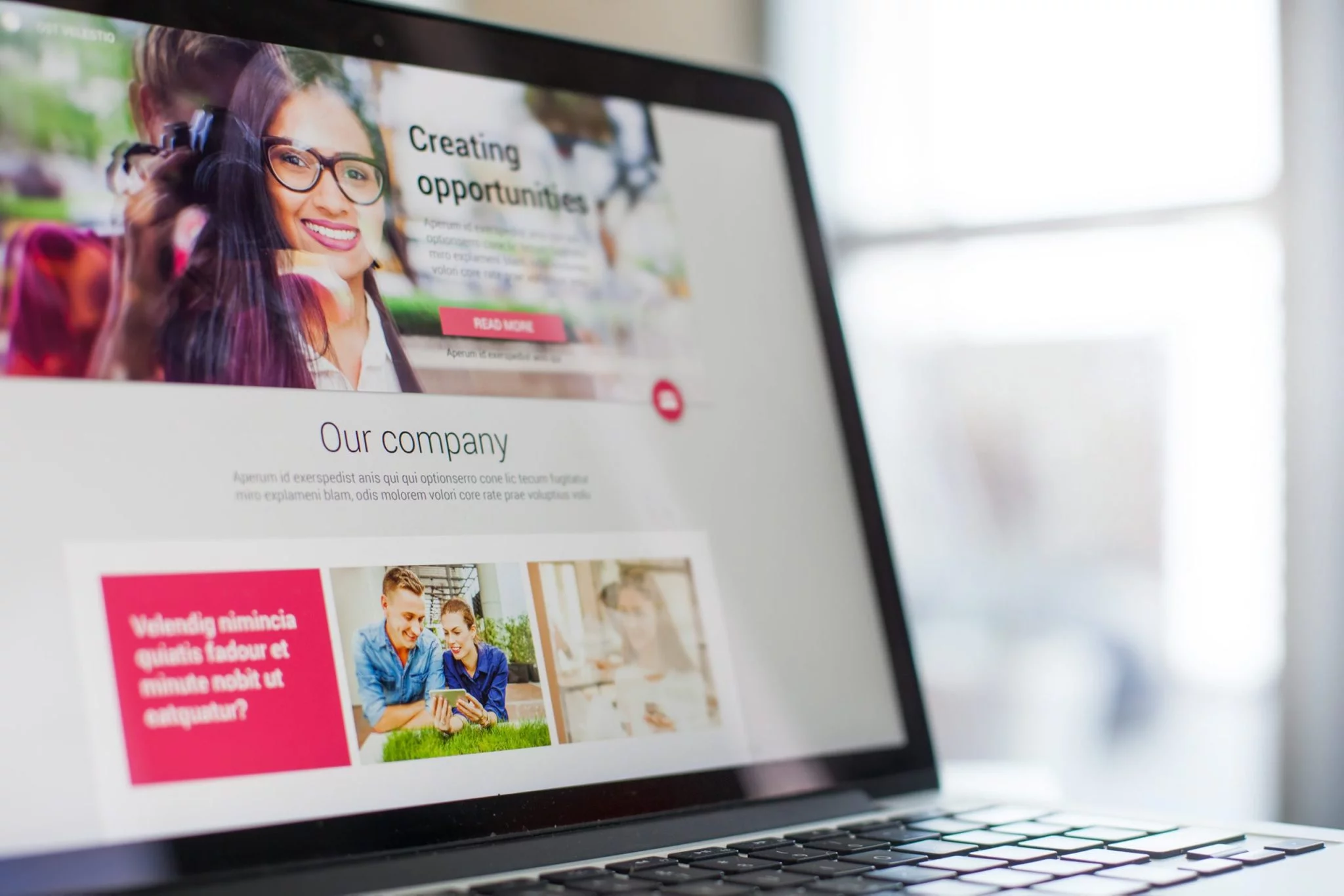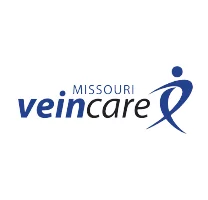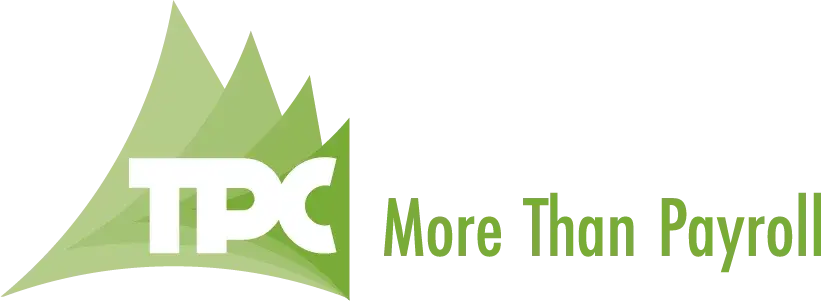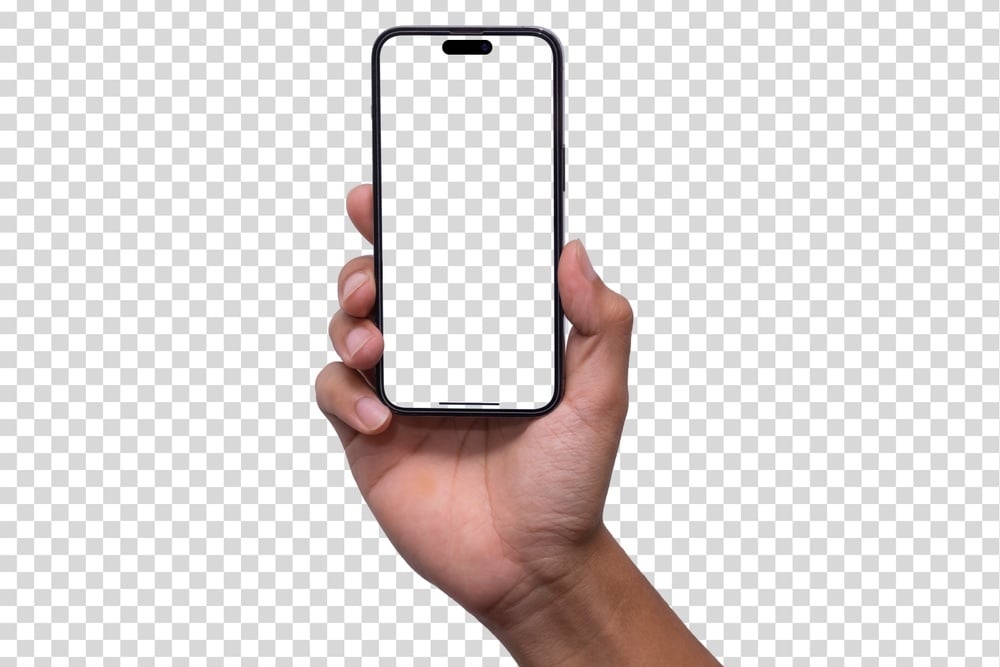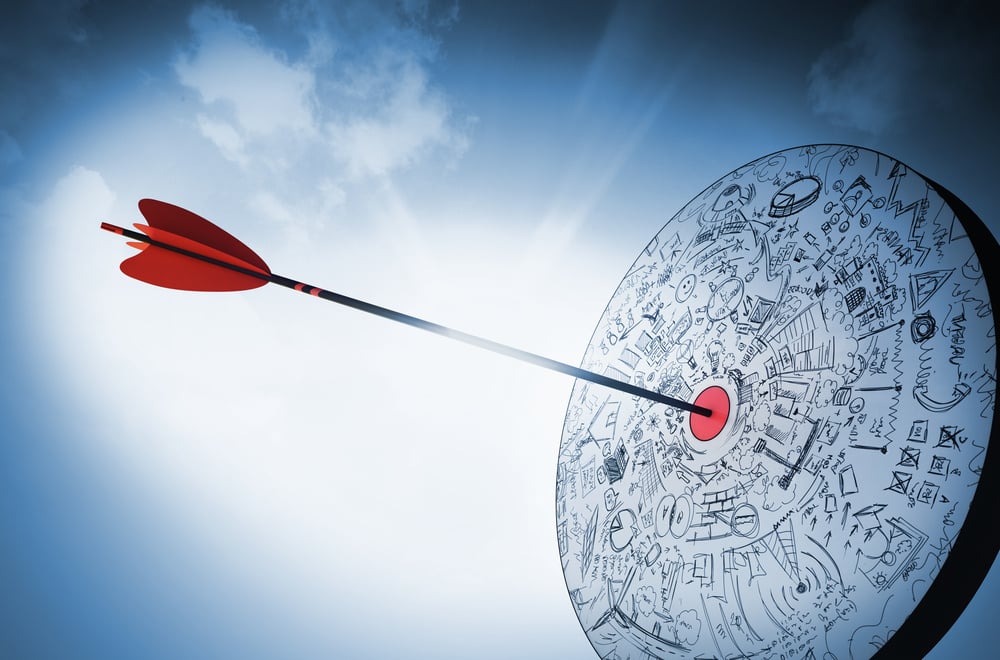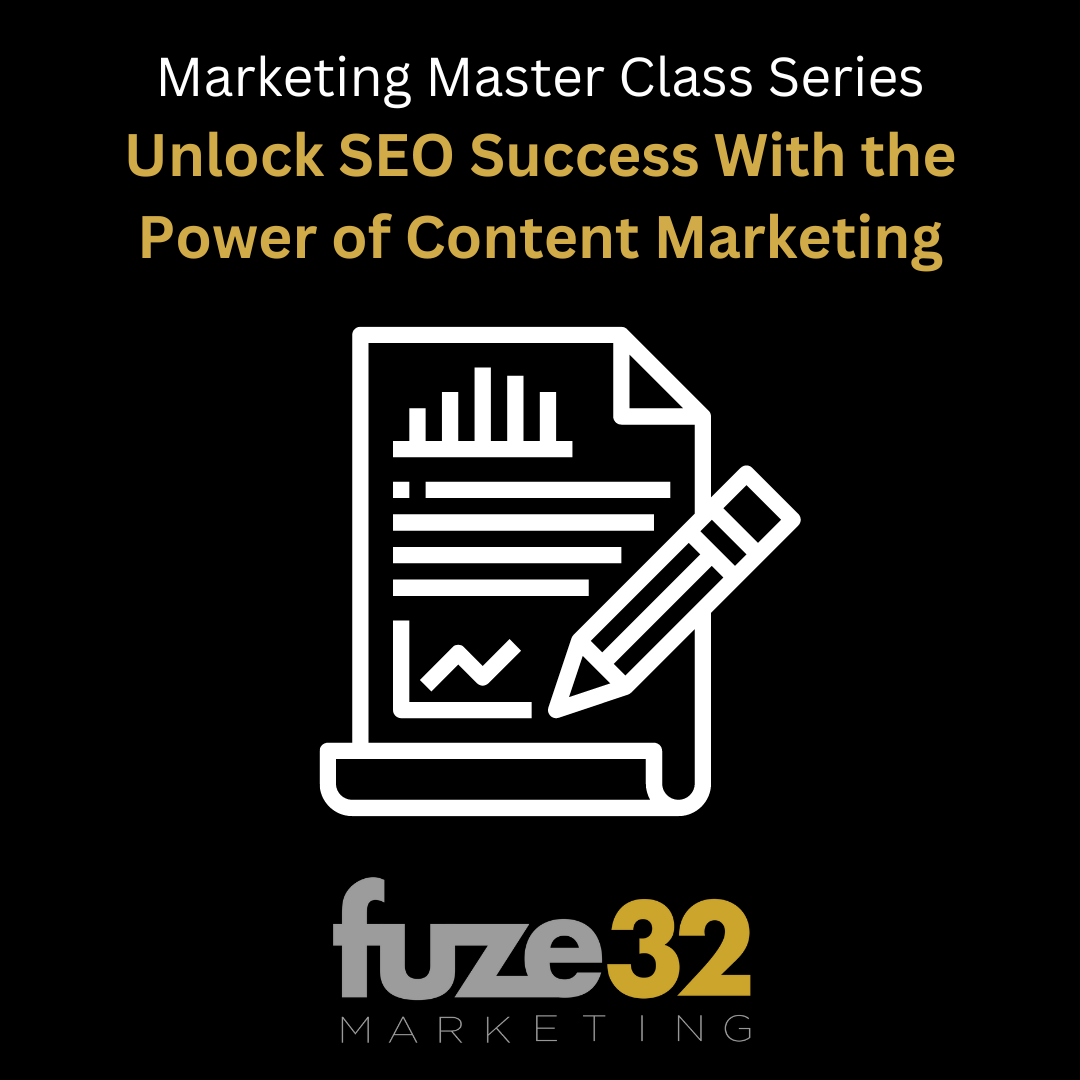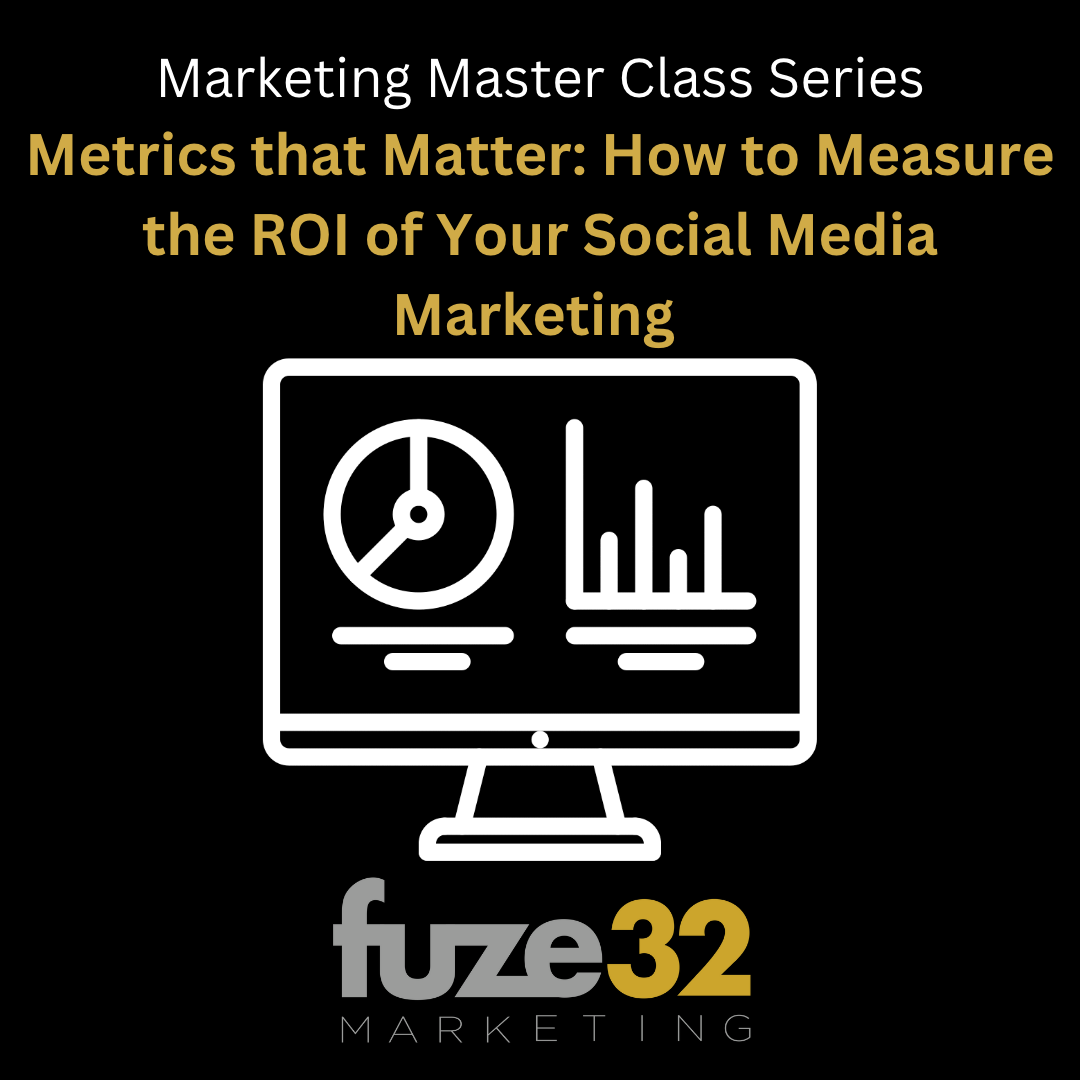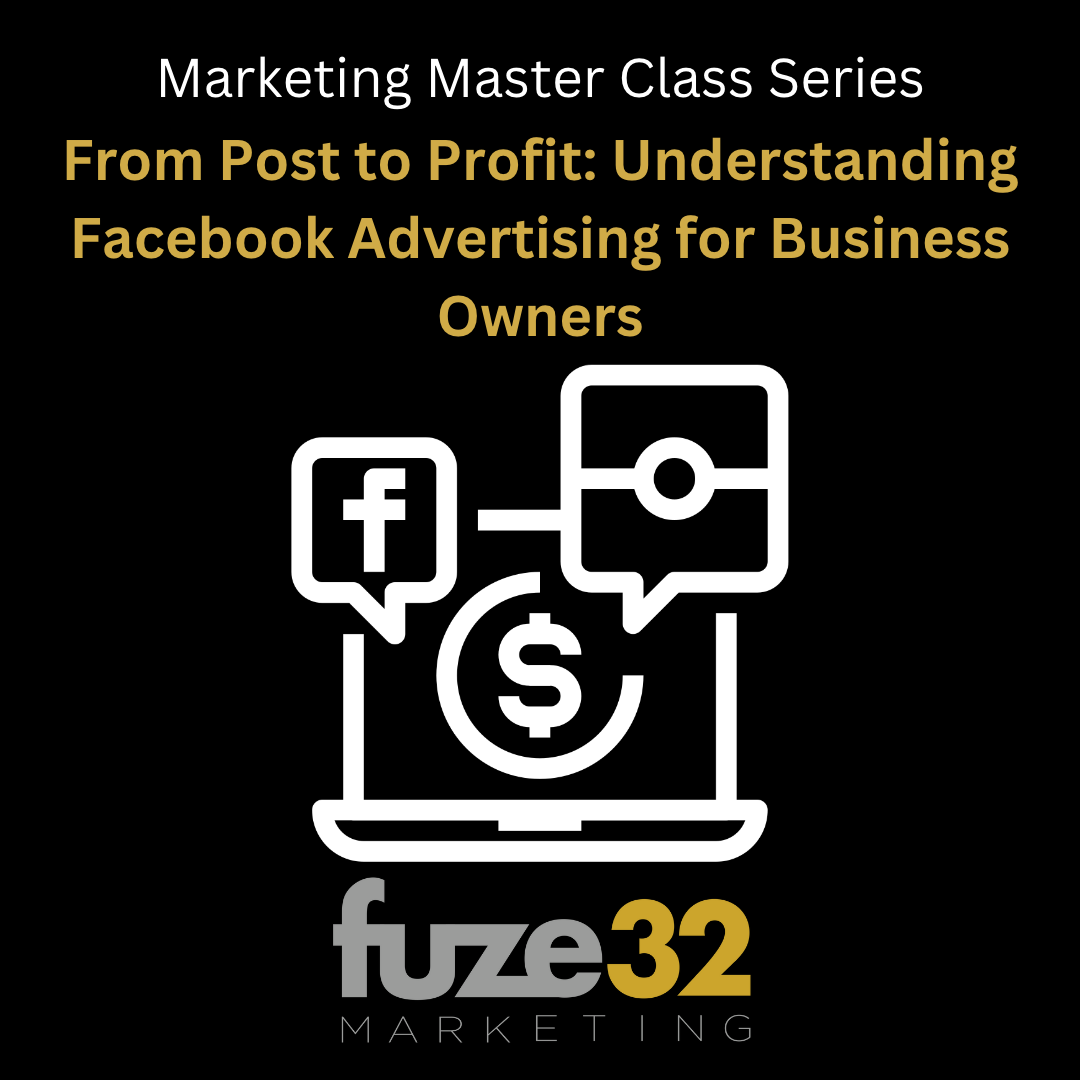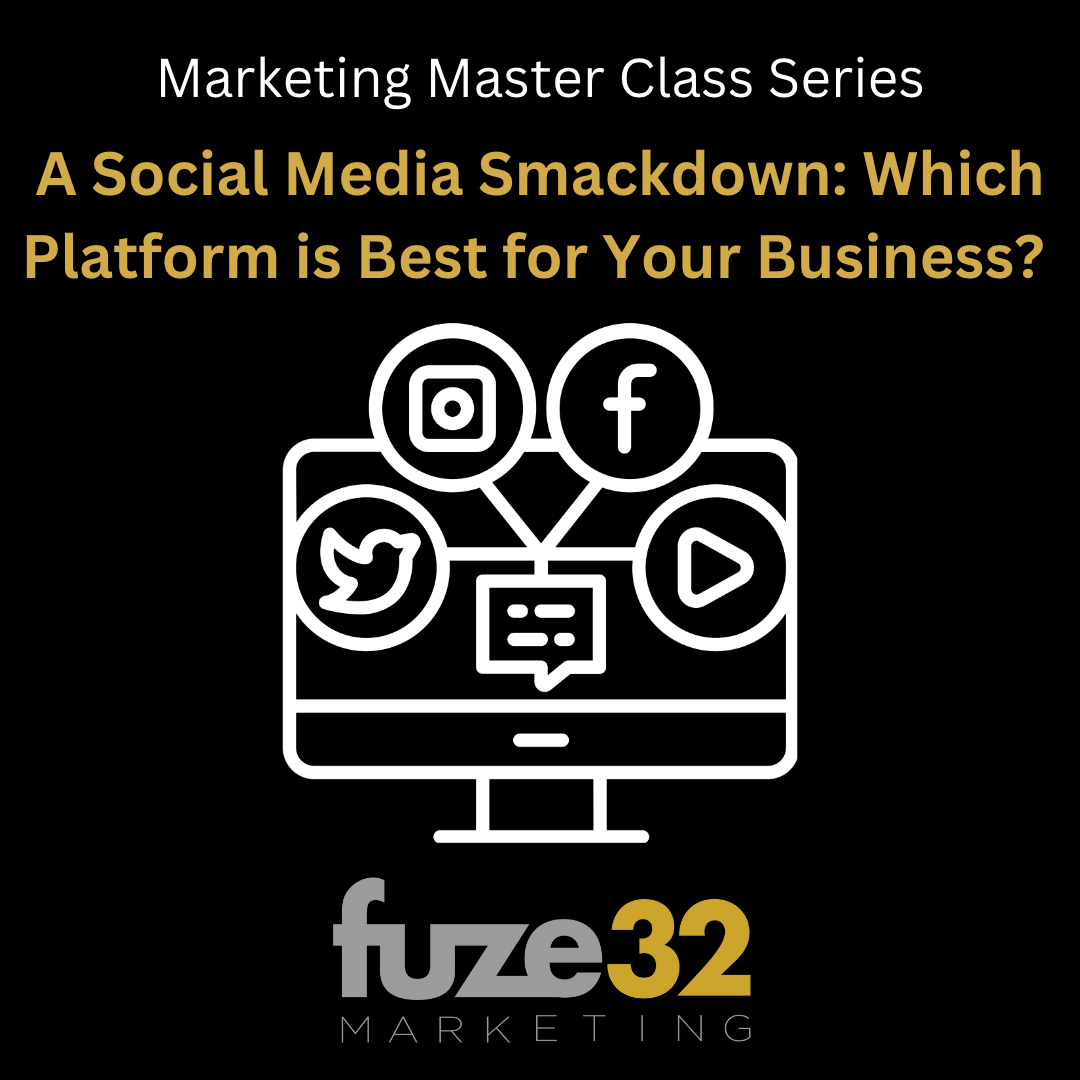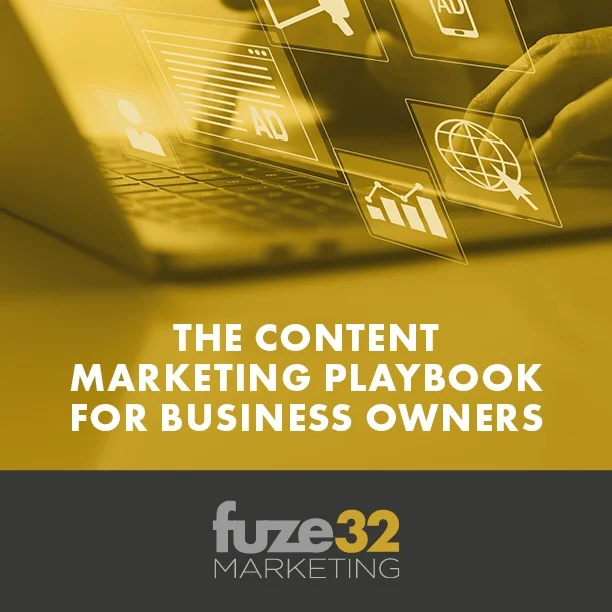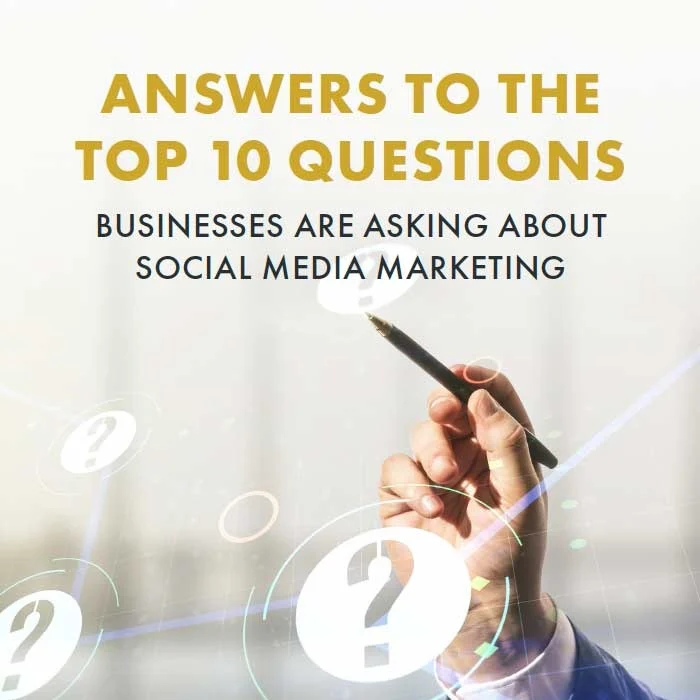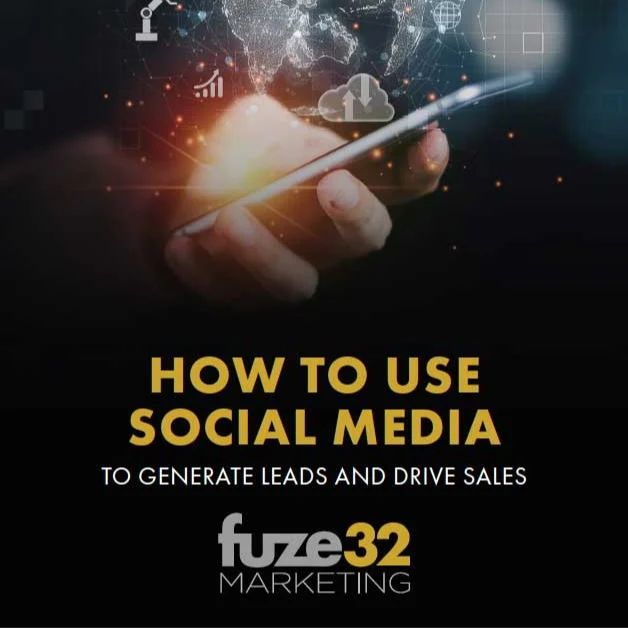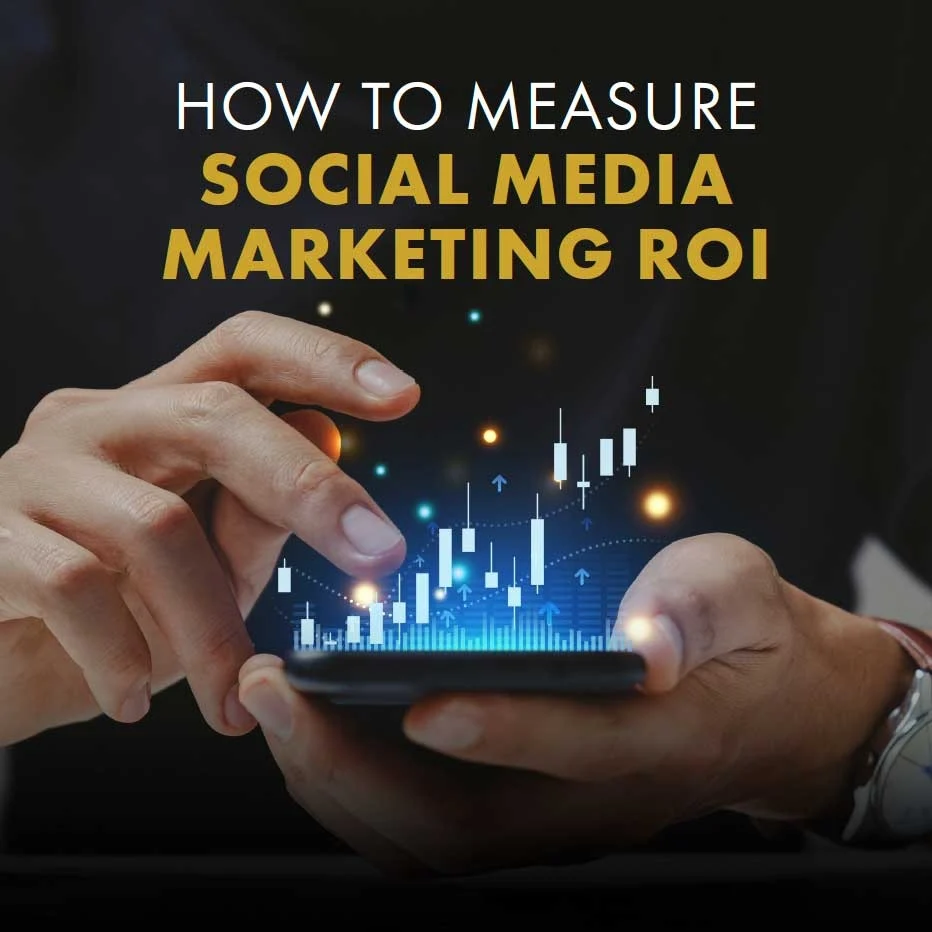Ask any business owner what they expect from their advertising, and they’ll tell you they want results. But exactly what results are they looking for exactly? It’s possible for advertising to generate a response, and still not provide results. It’s important then to clarify the difference between the two. “Response” is when someone lets you know that your advertisements look good, or sings your jingle. It’s feedback, positive or negative, that they saw or heard your ad. “Results” is when someone actually makes a purchase after seeing or hearing your ad. Response will make you feel good. Results will pay the bills. Here’s how to understand the difference.
Benefits of Response
Consider the Buying Funnel and the process consumers go through when making a decision to purchase: Unawareness, Awareness, Comprehension, Conviction, Action. The purpose behind advertising is to guide consumers down the funnel from one stage to the next, preferably as fast as possible. Response is an exciting indicator that you are moving people from one phase to the next. Results happen when consumers make a purchase - when they are at the bottom of the funnel.
Response also helps a business build Top of Mind Awareness with potential customers. When they need to make a purchase, they know who to call because they have already been aware of your messaging, leading to results.
Response can be immediate, but isn't always. It is an indication of a campaign’s likelihood to generate results over time and that's a very good thing! Response tells you that people are hearing or seeing your ad and taking note of it, enough that they want to provide feedback. The question to ask is: how can you take consumer response and turn it into results?
Set Goals
We can't emphasize enough the important of setting specific goals for your advertising. After doing so, make sure your advertising creative stays focused and points consumers toward that one thing. One of the reasons why certain ads fail is because businesses try to focus on too many things and try to serve too many people. It may be appropriate, for example, to build a highly interesting and creative awareness campaign to capture Top-of-Mind-Awareness and get people to respond by getting them talking about your business. Be memorable. Build action campaigns into your branding campaign and give consumers a reason to shop now. A compelling offer provides consumers with an incentive, motivating them to move to the action phase of the buying funnel more quickly. Lastly, make sure to establish a realistic timeline for your goals. Only 2-10% of the population is in the action phase at any given time, and for that reason, the best marketing campaigns include both branding and action campaigns.
The Bottom Line
Response and results are very different when it comes to advertising. It’s important to note that both do certainly have their place where they belong in the marketing world, but be careful not to confuse the two. Response is a solid indicator that there is interest in and attention drawn to your advertising message. It’s an important part of a successful advertising campaign. Following up with an action campaign designed to turn that interest into sales will ensure advertising success.



.webp)
